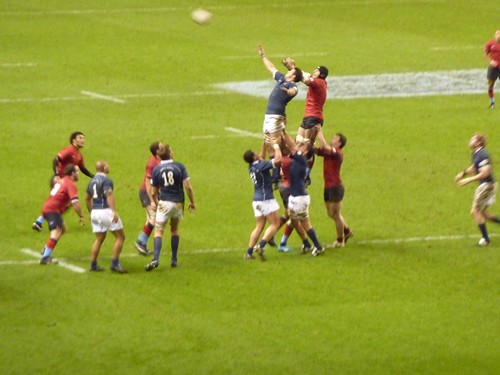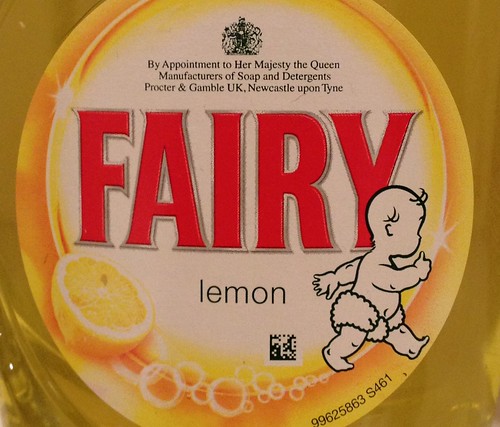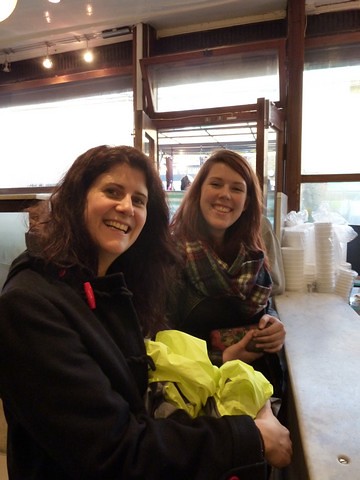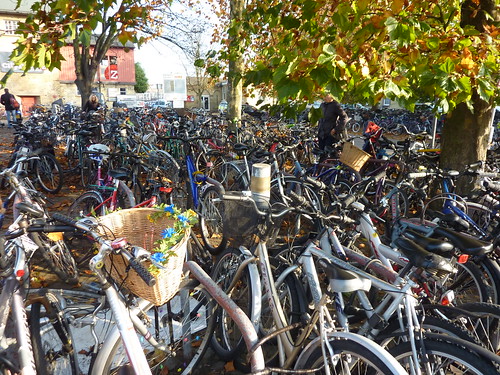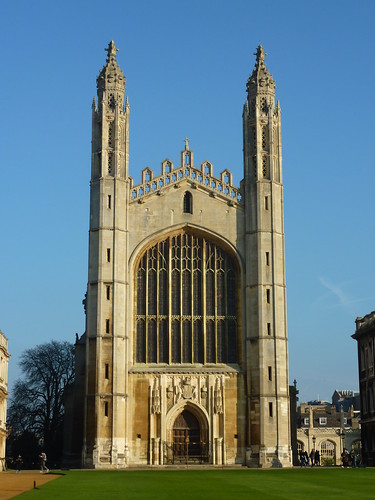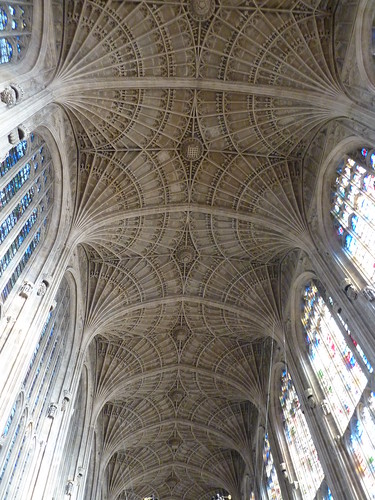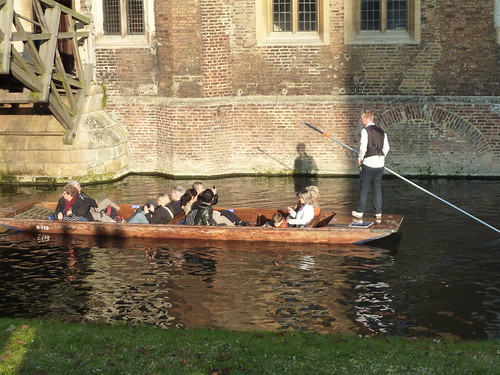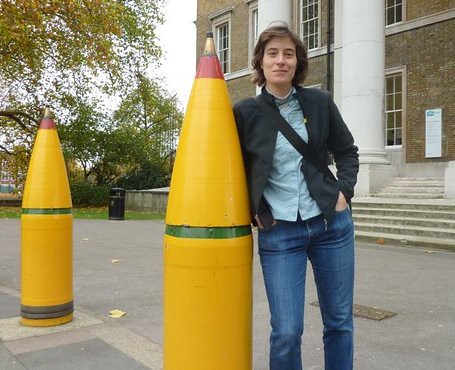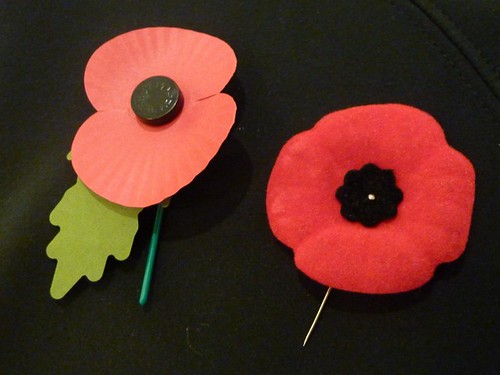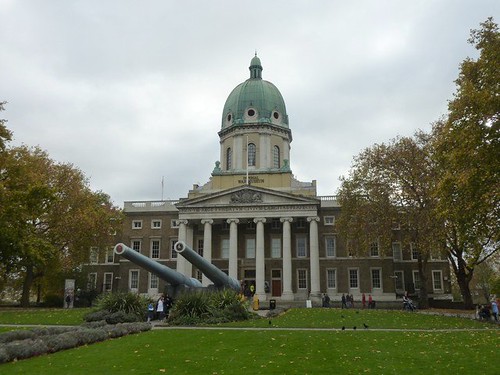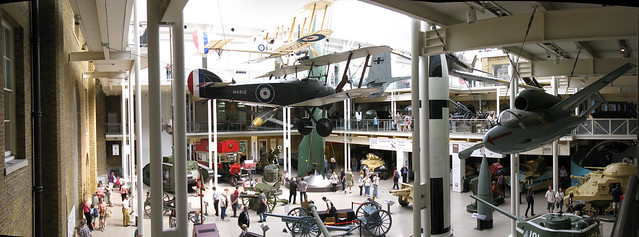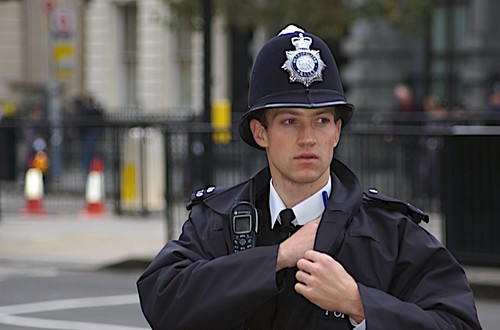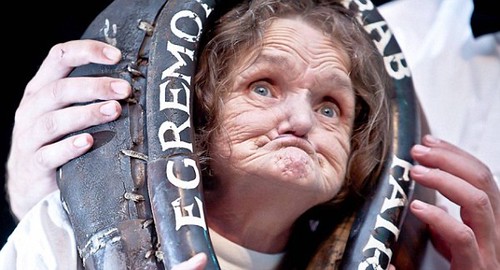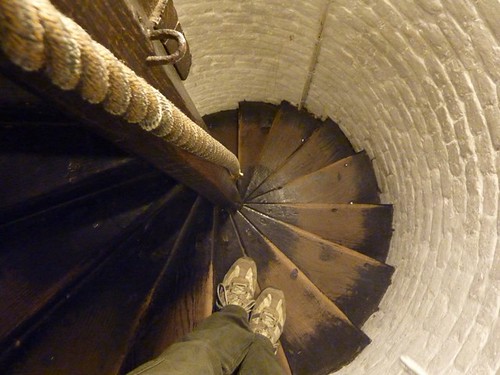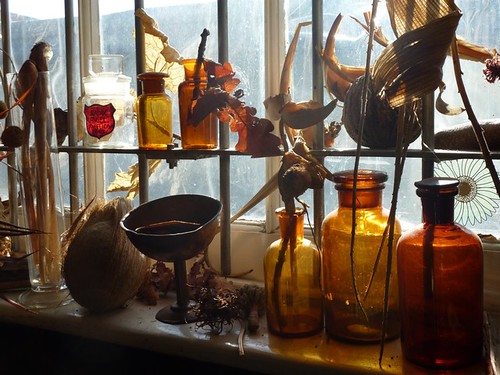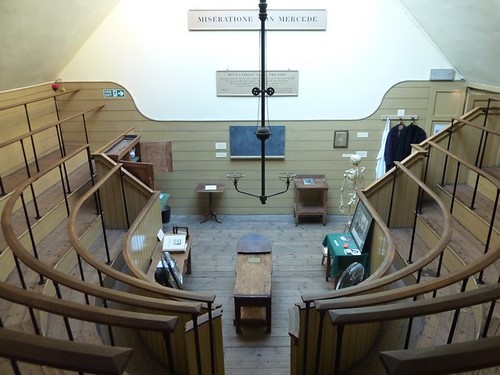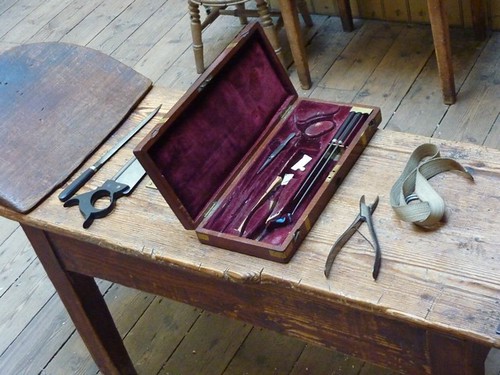Yes you're right, there was no blog last week, and I am unrepentant. What is my excuse? Well, last weekend I had a lovely few days in Brussels where I ran around the city with hashers, crawled pubs, drank some truly excellent Belgian beers, had a formal dinner, danced to ABBA, stayed out until 4am two nights in a row, met some fun people and topped off the beer with am generous helping of mulled wine. I had a really excellent time, but the schedule was packed and didn't leave a lot of time for blogging, so I took a week off. Get over it. And now, on to your irregularly scheduled blog post:
It's a festive fiesta over here at GSWPL today! Time to talk about some traditional English Christmas treats. First up:
Mince Pies:
Mince pies are tiny sweet pies filled with mincemeat, a dark, thick jammy substance made by cooking suet with stuff like apples, raisins, sultanas, currants (or other dried fruit) candied peel, spices, sugar, and a generous measure of something boozy like brandy or whisky. Astute GSWPL readers will note from this list that mincemeat has no MEAT in it (Thankfully, and oddly, because over here hamburger - ground beef - is actually called MINCE.) Still, mincemeat... no meat. This has not always been the case, because the recipe seems to have originated as early as the 15th century when they were much more cavalier about mixing sweet spices and fruit with meat. Over the centuries the meat faded into the background, leaving us with modern mincemeat which often now even skips the suet in favour of a vegetarian fat of some kind, resulting in a pie that looks very much like this:
In fact, mince pies are quite yummy, though possibly an acquired taste. Luckily, it's a taste I developed as a child, having grown up in a family that embraces a whole lot of traditional English foods and customs (including steak and kidney pudding, another food which sounds like it can't decide whether it's dinner or dessert, and which is definitely a whole other post.)
Mince pies are utterly ubiquitous at this time of year. They appear in grocery stores in boxes of 6 (for about £1! Fantastic!). It's also impossible to enter a coffee shop without being presented with a pile of mince pies. They are a staple at any Christmas function, and I've even seen them given away on the street for store promotions. There is no escape, meaning that I have consumed approximately 7.3 times my bodyweight in mince pies in the last three weeks. Luckily, they're small. Unluckily, this makes it easy to eat nine in a row without noticing (it's the Jaffa Cake Conundrum). Sadly, the power to resist mince pies decreases precipitously in a direct relationship with your consumption of:
Mulled Wine:
Red wine, heated through with a mixture of spices like cinnamon and clove, and often with sliced apples and oranges added. Like mince pies, mulled wine is everywhere. In Brussels and many other European countries it's called gluhwein. In France it's vin chaud. Brussels even had it for sale at outdoor gluhwein stands in the Christmas markets, which was quite lovely. I've had it at work functions, on the street, and at house parties. (Where it was once served with bits of chorizo sausage added for extra zip, though I am assured by other that this is a highly unusual practice. Still, what is it about this place that makes people put meat in places where meat was not meant to go?)
Mulled wine is generally made with pretty cheap plonk, since it makes no sense to spend any more than you need to on a bottle (or box) that's going to be stewed to within an inch of its life in a pot full of cinnamon sticks and, if it's unlucky, a bit of sausage. This means that it's not particularly high quality alcohol, hence it can be the cause of a wicked hangover. It's very Christmassy, but should be approached with caution.
Selection Boxes:
I've heard it said that Christmas is not Christmas without a selection box. Technically speaking, a selection box is a package containing a range of sweets from a single manufacturer. A box of Pot of Gold chocolates would, over here, be referred to as a selection box. And last week I got a Cadbury's selection box that had six different Cadbury's chocolate bars in it (Cadbury Flake, Dairy Milk, Fudge, Buttons, Crunchie and Caramel!).
But at Christmas time it seems the two grandaddies of the selection box game are Quality Street and Cadbury's Roses. Chocolates in these kinds of tins are generally made with pretty low quality chocolate, but are fun because they're all different shapes and wrapped in brightly coloured foil, so it's easy to develop favourites, like the Quality Street long skinny gold one, which is toffee. Or the green triangle. Or the famous Purple One, which used to be a whole Brazil nut covered in chocolate, but is now, for reasons unknown, a hazelnut.
Brussels Sprouts:
Pity the poor Brussels sprout! Trotted out at Christmas every year and often boiled into oblivion, they are the nightmare of British children the nation over. (Last year I read a tongue-in-cheek article outlining key dates in the run-up to Christmas and somewhere in mid-November appeared the helpful hint: "Grans: Last chance to put the sprouts on to boil!")
Christmas pudding is the truly proper end to a Christmas dinner (whether served at 1pm or 7...) and is familiar territory for me. I've had Christmas pudding every year since, I suspect, I was in utero (except one). And it bears repeating that in England "pudding" is a very broad term. North Americans might fall into the trap of thinking a pudding is a smooth, gloopy, spoonable dessert advertised by Bill Cosby. No so in England; here the term is used generally to describe any kind of dessert.
For those of you who haven't had the pleasure: a Christmas Pudding is another one of those mixtures of suet, dried fruit, sugar and booze (no meat this time!) with a touch of flour added to bind it all together into a batter. It's traditionally cooked by pouring the whole mixture into a ceramic bowl called a pudding basin and then steaming it for hours, which results in a moist, rich, dense cakey sort of thing that resembles half a bowling ball in colour and weight when turned out onto a plate. It's normally served by dousing it in brandy or rum and then setting it alight, and is accompanied by custard, brandy butter or - my favourite - hard sauce.
(Aside on hard sauce: It's not hard, nor is it really a sauce. Instead, hard sauce is a tooth-achingly sweet mixture of butter and sugar, possibly with a bit of vanilla or booze mixed in, which makes it quite thick - more like a spread. My association with hard sauce goes back as far as my association with Christmas pudding. Because a Christmas pud is very rich and dense and sort of challengingly flavoured - especially for kids - it was always a bit of a tough sell at our table. The hard sauce, though, was a guaranteed hit. Hence it was decreed that if you wanted hard sauce, you had to have at least a small slice of pudding to go with it. This resulted in many years of being served a slice of pudding so thin you could read The Times through it, topped with an enormous helping of hard sauce. Happily this tactic worked, and I'm now completely won over to the charms of Christmas Pudding. As long as there's hard sauce.)
Christmas Crackers:
No, not crackers as in things-to-be-crumbled-into-soup. These are crackers as in things-that-go-Crack! Despite my Anglo-centric upbringing, this is one Christmas tradition that never made it into my personal list of Christmas Must Haves. But over here Christmas crackers are mandatory. A cracker is a small cardboard tube wrapped in paper so it ends up looking like a giant hard candy. The intention is that the tube is pulled apart to reveal the contents inside. The crack part comes because the tube is also fitted with a thin strip of cardboard impregnated with some kind of chemical banginess, so it make a sharp cracking noise when pulled apart (sort of like a cap gun).
Traditionally it takes two people to pull a cracker, with each person grabbing one end. Similar to breaking a wishbone, the person who ends up with the larger bit after the pull is the winner, and is entitled to claim the entire contents of the cracker. At less cutthroat tables, each person has a cracker and keeps its contents to him or herself, though the actual pulling of the cracker is still definitely a two person operation.
Crackers normally contain three things: a brightly coloured tissue paper hat, usually shaped like a crown (which must be worn); a small plastic toy of some kind (which must be crappy); and a small slip of paper containing a joke (which must be very very bad and which also must be read out to the rest of the table).
It's a festive fiesta over here at GSWPL today! Time to talk about some traditional English Christmas treats. First up:
Mince Pies:
Mince pies are tiny sweet pies filled with mincemeat, a dark, thick jammy substance made by cooking suet with stuff like apples, raisins, sultanas, currants (or other dried fruit) candied peel, spices, sugar, and a generous measure of something boozy like brandy or whisky. Astute GSWPL readers will note from this list that mincemeat has no MEAT in it (Thankfully, and oddly, because over here hamburger - ground beef - is actually called MINCE.) Still, mincemeat... no meat. This has not always been the case, because the recipe seems to have originated as early as the 15th century when they were much more cavalier about mixing sweet spices and fruit with meat. Over the centuries the meat faded into the background, leaving us with modern mincemeat which often now even skips the suet in favour of a vegetarian fat of some kind, resulting in a pie that looks very much like this:
 |
| A tasty pile of mince pies from our work Christmas Lunch. Yes, LUNCH. It's normal over here to have the big Christmas meal - turkey, roast potatoes, Brussels sprouts, gravy, Christmas pudding - in the middle of the day, possibly right after the Queen's Christmas Message. Presumably you then lie around semi-conscious for the rest of the day pondering when you might next be able to cram something into your mouth. |
Mince pies are utterly ubiquitous at this time of year. They appear in grocery stores in boxes of 6 (for about £1! Fantastic!). It's also impossible to enter a coffee shop without being presented with a pile of mince pies. They are a staple at any Christmas function, and I've even seen them given away on the street for store promotions. There is no escape, meaning that I have consumed approximately 7.3 times my bodyweight in mince pies in the last three weeks. Luckily, they're small. Unluckily, this makes it easy to eat nine in a row without noticing (it's the Jaffa Cake Conundrum). Sadly, the power to resist mince pies decreases precipitously in a direct relationship with your consumption of:
Mulled Wine:
Red wine, heated through with a mixture of spices like cinnamon and clove, and often with sliced apples and oranges added. Like mince pies, mulled wine is everywhere. In Brussels and many other European countries it's called gluhwein. In France it's vin chaud. Brussels even had it for sale at outdoor gluhwein stands in the Christmas markets, which was quite lovely. I've had it at work functions, on the street, and at house parties. (Where it was once served with bits of chorizo sausage added for extra zip, though I am assured by other that this is a highly unusual practice. Still, what is it about this place that makes people put meat in places where meat was not meant to go?)
Mulled wine is generally made with pretty cheap plonk, since it makes no sense to spend any more than you need to on a bottle (or box) that's going to be stewed to within an inch of its life in a pot full of cinnamon sticks and, if it's unlucky, a bit of sausage. This means that it's not particularly high quality alcohol, hence it can be the cause of a wicked hangover. It's very Christmassy, but should be approached with caution.
Selection Boxes:
I've heard it said that Christmas is not Christmas without a selection box. Technically speaking, a selection box is a package containing a range of sweets from a single manufacturer. A box of Pot of Gold chocolates would, over here, be referred to as a selection box. And last week I got a Cadbury's selection box that had six different Cadbury's chocolate bars in it (Cadbury Flake, Dairy Milk, Fudge, Buttons, Crunchie and Caramel!).
But at Christmas time it seems the two grandaddies of the selection box game are Quality Street and Cadbury's Roses. Chocolates in these kinds of tins are generally made with pretty low quality chocolate, but are fun because they're all different shapes and wrapped in brightly coloured foil, so it's easy to develop favourites, like the Quality Street long skinny gold one, which is toffee. Or the green triangle. Or the famous Purple One, which used to be a whole Brazil nut covered in chocolate, but is now, for reasons unknown, a hazelnut.
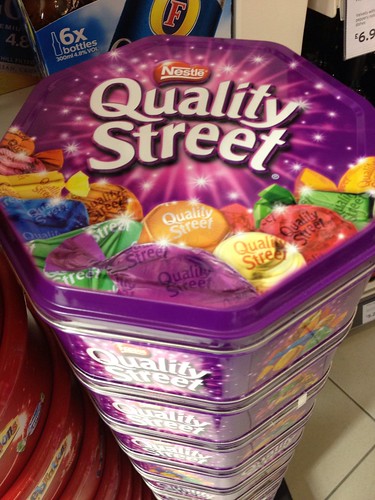 |
| A tower of Quality Street selection boxes, in my local Sainsbury's |
Pity the poor Brussels sprout! Trotted out at Christmas every year and often boiled into oblivion, they are the nightmare of British children the nation over. (Last year I read a tongue-in-cheek article outlining key dates in the run-up to Christmas and somewhere in mid-November appeared the helpful hint: "Grans: Last chance to put the sprouts on to boil!")
 |
| Roasted Brussels Sprouts with bacon and chestnuts, which are very traditional accompaniments |
Sprouts get a bad rap, probably because of the aforementioned overcooking, which can release a chemical compound (glucosinolate sinigrin) that makes them smell sulphurous and hence less-than-yummy. Much better to sautee or roast them. But everyone I've talked to says that Christmas dinner is not complete without a bowl of sprouts that get politely ignored by most people at the table. I like them myself, though this was not always the case. Apparently they're often served with bacon and chestnuts, which sounds excellent.
Christmas Pudding:Christmas pudding is the truly proper end to a Christmas dinner (whether served at 1pm or 7...) and is familiar territory for me. I've had Christmas pudding every year since, I suspect, I was in utero (except one). And it bears repeating that in England "pudding" is a very broad term. North Americans might fall into the trap of thinking a pudding is a smooth, gloopy, spoonable dessert advertised by Bill Cosby. No so in England; here the term is used generally to describe any kind of dessert.
For those of you who haven't had the pleasure: a Christmas Pudding is another one of those mixtures of suet, dried fruit, sugar and booze (no meat this time!) with a touch of flour added to bind it all together into a batter. It's traditionally cooked by pouring the whole mixture into a ceramic bowl called a pudding basin and then steaming it for hours, which results in a moist, rich, dense cakey sort of thing that resembles half a bowling ball in colour and weight when turned out onto a plate. It's normally served by dousing it in brandy or rum and then setting it alight, and is accompanied by custard, brandy butter or - my favourite - hard sauce.
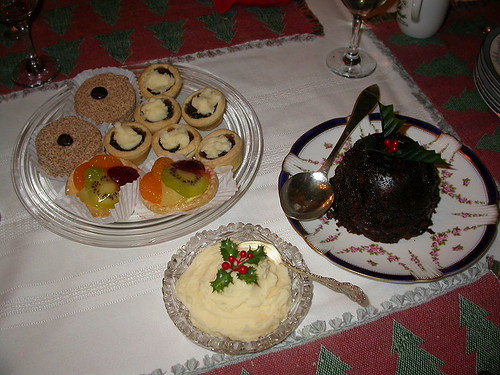 |
| Christmas pudding (the bowling ball on the right), hard sauce (down centre) and a few mince pies thrown in for good measure. |
Christmas Crackers:
No, not crackers as in things-to-be-crumbled-into-soup. These are crackers as in things-that-go-Crack! Despite my Anglo-centric upbringing, this is one Christmas tradition that never made it into my personal list of Christmas Must Haves. But over here Christmas crackers are mandatory. A cracker is a small cardboard tube wrapped in paper so it ends up looking like a giant hard candy. The intention is that the tube is pulled apart to reveal the contents inside. The crack part comes because the tube is also fitted with a thin strip of cardboard impregnated with some kind of chemical banginess, so it make a sharp cracking noise when pulled apart (sort of like a cap gun).
Traditionally it takes two people to pull a cracker, with each person grabbing one end. Similar to breaking a wishbone, the person who ends up with the larger bit after the pull is the winner, and is entitled to claim the entire contents of the cracker. At less cutthroat tables, each person has a cracker and keeps its contents to him or herself, though the actual pulling of the cracker is still definitely a two person operation.
Crackers normally contain three things: a brightly coloured tissue paper hat, usually shaped like a crown (which must be worn); a small plastic toy of some kind (which must be crappy); and a small slip of paper containing a joke (which must be very very bad and which also must be read out to the rest of the table).




